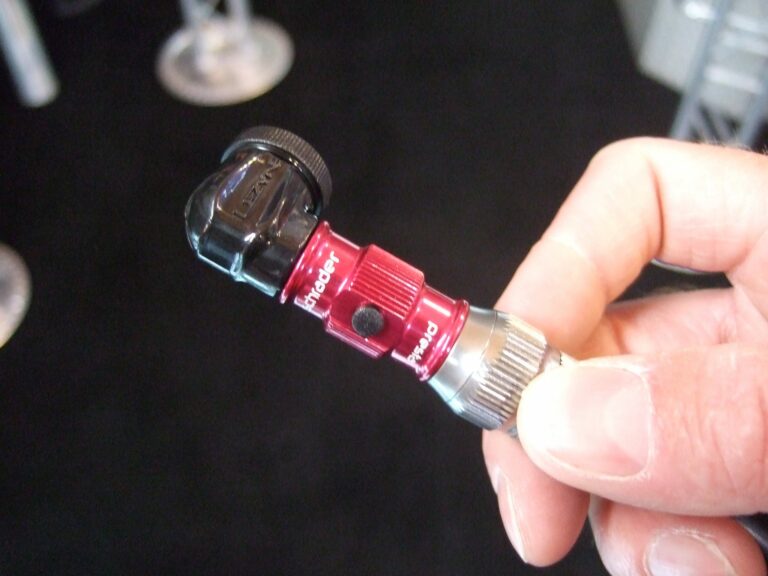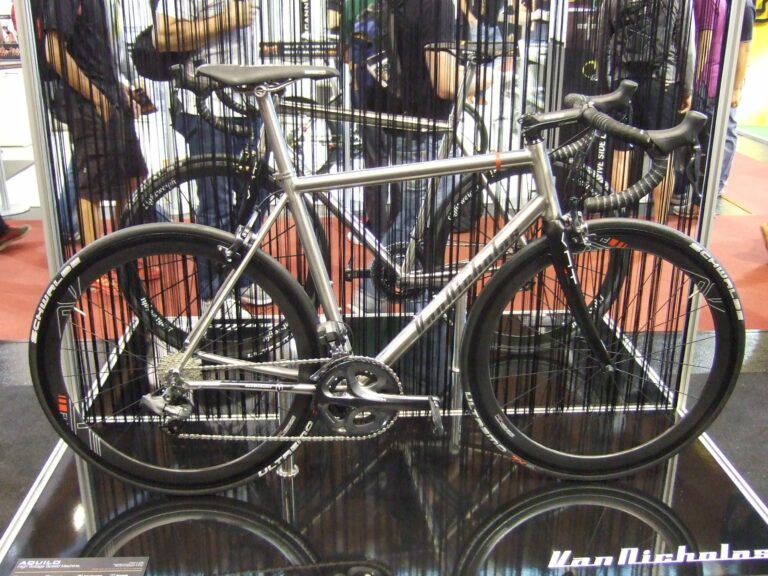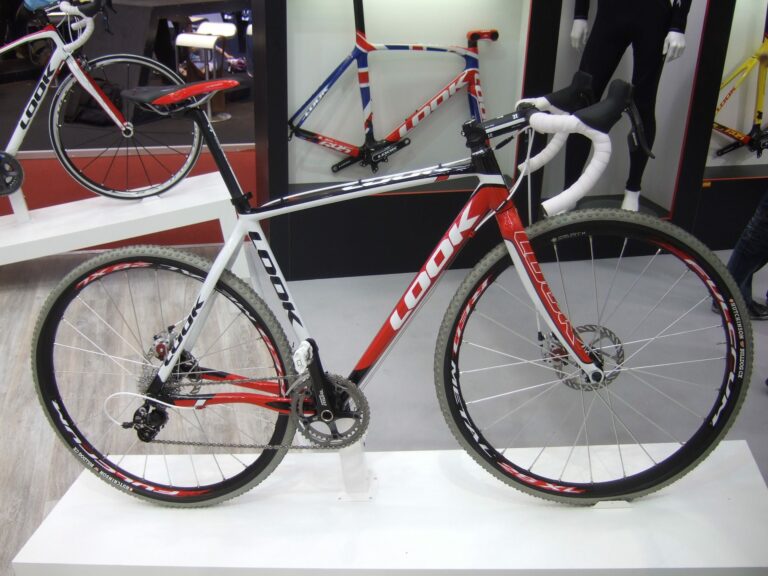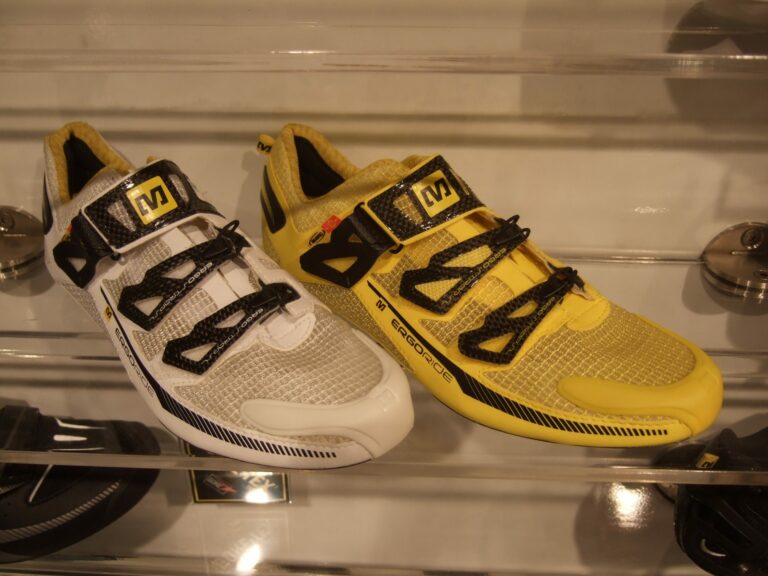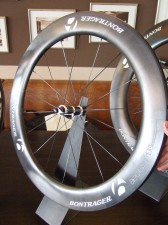 Dual Directional Design, or D3, is Bontrager’s name for the principle behind the rim shapes of an entire new series of road wheels, shown for the first time at Eurobike, that the US manufacturers says are the most aerodynamic yet developed.
Dual Directional Design, or D3, is Bontrager’s name for the principle behind the rim shapes of an entire new series of road wheels, shown for the first time at Eurobike, that the US manufacturers says are the most aerodynamic yet developed.
Raced throughout 2011 by the riders of Leopard Trek, Team RadioShack and Trek/K•Swiss, the 2012 Aeolus D3 range has four tubular rims and one clincher and is intended to offer something suitable for every competitive riding situation from mountain terrain to fast flat-lands blasting.
The idea behind D3 is that the front and rear sectors – or “sides” – of an aero rim non-disc wheel, described by Bontrager as tyre-leading and rim-leading respectively, both have an important effect on the aerodynamic performance of the wheel. A rim and tyre profile that works well on the front (tyre-leading) sector of the wheel may not be as effective at the rim-leading rear sector and the most aerodynamically efficient profile will, therefore, be the one that finds the optimal balance between the two.
It is worth noting, of course, that although even a few degrees of yaw – crosswind – sees airflow reaching much of the sector without having passed over the fork blade, that part of it reaching the side away from the wind direction is still inevitably disturbed by the spokes.
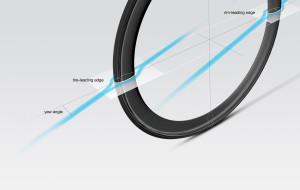 Bontrager chose to model the rim section along a wheel radius as this provides the shortest, fattest and therefore highest-drag aspect ratio. The company’s research also took into account the fact that the rim-leading side has a greater frontal area than the rear, the amount depending on the depth of the rim. The frontal area of the tyre-leading side is the whole diameter of the wheel, while that of the rim-leading side is the diameter of the wheel measured between rim inner edges.
Bontrager chose to model the rim section along a wheel radius as this provides the shortest, fattest and therefore highest-drag aspect ratio. The company’s research also took into account the fact that the rim-leading side has a greater frontal area than the rear, the amount depending on the depth of the rim. The frontal area of the tyre-leading side is the whole diameter of the wheel, while that of the rim-leading side is the diameter of the wheel measured between rim inner edges.
Given its greater frontal area, the fact that it “sees” cleaner air and the insuperable problem of the presence of a circular section tyre on the front of it, the tyre-leading sector has a much greater effect on overall drag than the rim-leading sector. Bontrager’s engineers came up with a way to blend the relative drag values of the two for any rim section and depth and set about developing, using computational fluid dynamics and wind-tunnel testing, a rim cross-section that would reduce drag in both orientations. Improving the aerodynamics of the rim-leading sector brought the additional benefit of improving stability in cross winds.
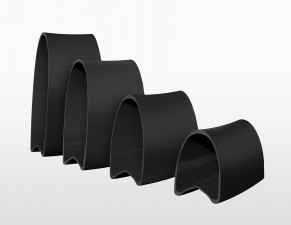 The result is the D3, or variations on it. The four tubular rims are 35mm, 50mm, 70mm and 90mm deep, the sequence being chosen to provide what Bontrager calls “a consistent spread of drag performance”. The smaller jump from 35mm to 50mm than elsewhere was chosen after engineers established an inverse relationship between rim depth and drag reduction; incremental increases in depth produce progressively smaller reductions in drag.
The result is the D3, or variations on it. The four tubular rims are 35mm, 50mm, 70mm and 90mm deep, the sequence being chosen to provide what Bontrager calls “a consistent spread of drag performance”. The smaller jump from 35mm to 50mm than elsewhere was chosen after engineers established an inverse relationship between rim depth and drag reduction; incremental increases in depth produce progressively smaller reductions in drag.
The most notable feature of all four is their width at and behind the brake track, with pronounced and consistent curvature of the sidewalls to a “medium width” nose. Bontrager says the shape delays airflow separation from the rim in both tyre- and rim-leading orientations and outperforms deeper rim designs by leading competitors at all angles of yaw, ensuring the best combination of low air drag and consistent handling in cross winds.
With hubs by DT Swiss, the wheels feature all-carbon rims handcrafted in the US using Trek OCLV carbon-composites technology and, when available in early 2012, will be offered in a choice of nine decal colours.

